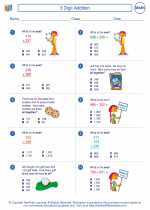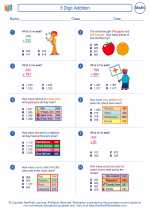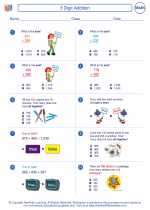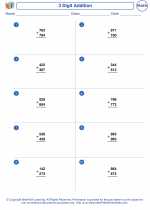Decimals
Decimals are a way of representing parts of a whole. They are used to express numbers that are not whole numbers, such as 0.5, 3.14, and 7.89.
A decimal number consists of two main parts: the whole number part and the decimal part. The whole number part is to the left of the decimal point, and the decimal part is to the right of the decimal point.
For example, in the number 3.75, 3 is the whole number part, and 75 is the decimal part. The decimal point separates the two parts.
Decimals can be added, subtracted, multiplied, and divided just like whole numbers. They can also be compared using greater than (>), less than (<), and equal to (=) symbols.
When working with decimals, it's important to understand place value. The place value of a digit in a decimal number determines its position and its value. For example, in the number 6.284, the 6 is in the ones place, the 2 is in the tenths place, the 8 is in the hundredths place, and the 4 is in the thousandths place.
Decimals are commonly used in everyday life, such as in money (dollars and cents), measurements (such as 3.5 meters), and in many other real-world applications.
[Decimals] Related Worksheets and Study Guides:
.◂Math Worksheets and Study Guides Third Grade. 3 Digit Addition

 Worksheet/Answer key
Worksheet/Answer key
 Worksheet/Answer key
Worksheet/Answer key
 Worksheet/Answer key
Worksheet/Answer key
 Worksheet/Answer key
Worksheet/Answer key
